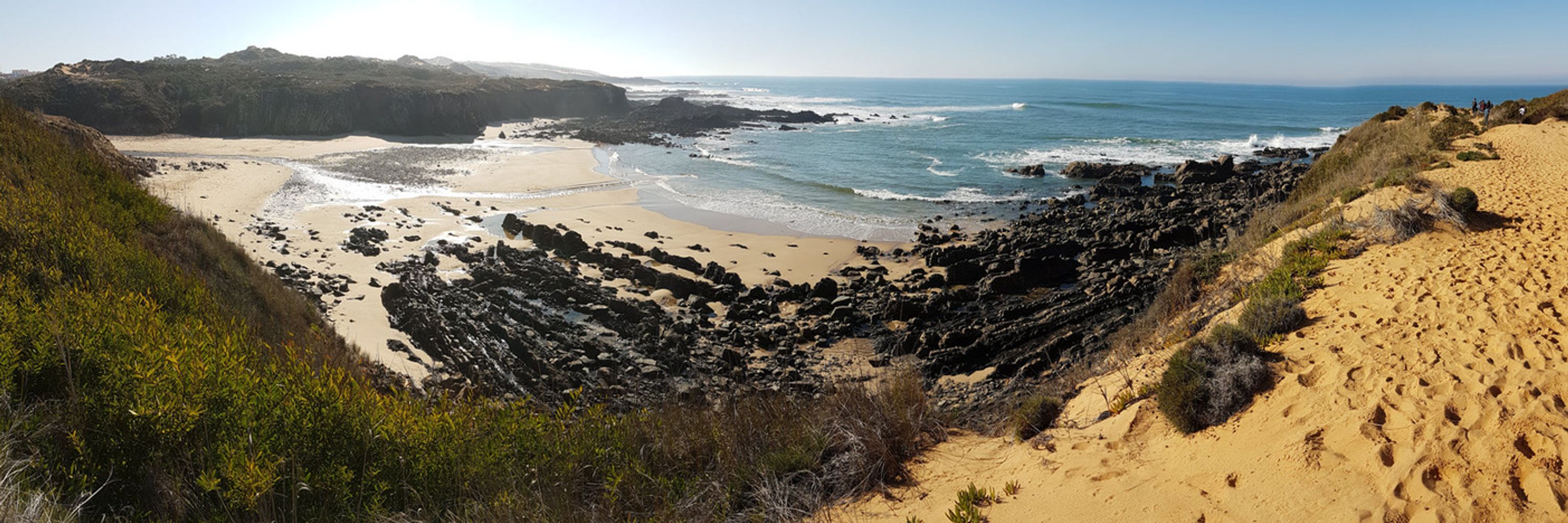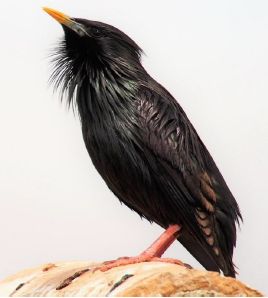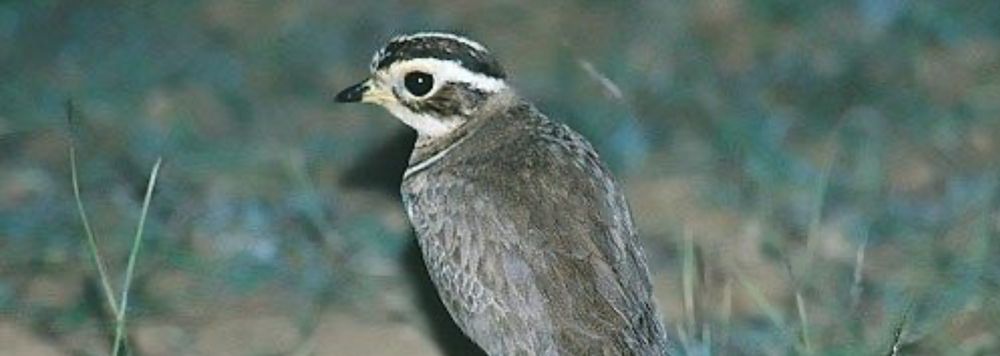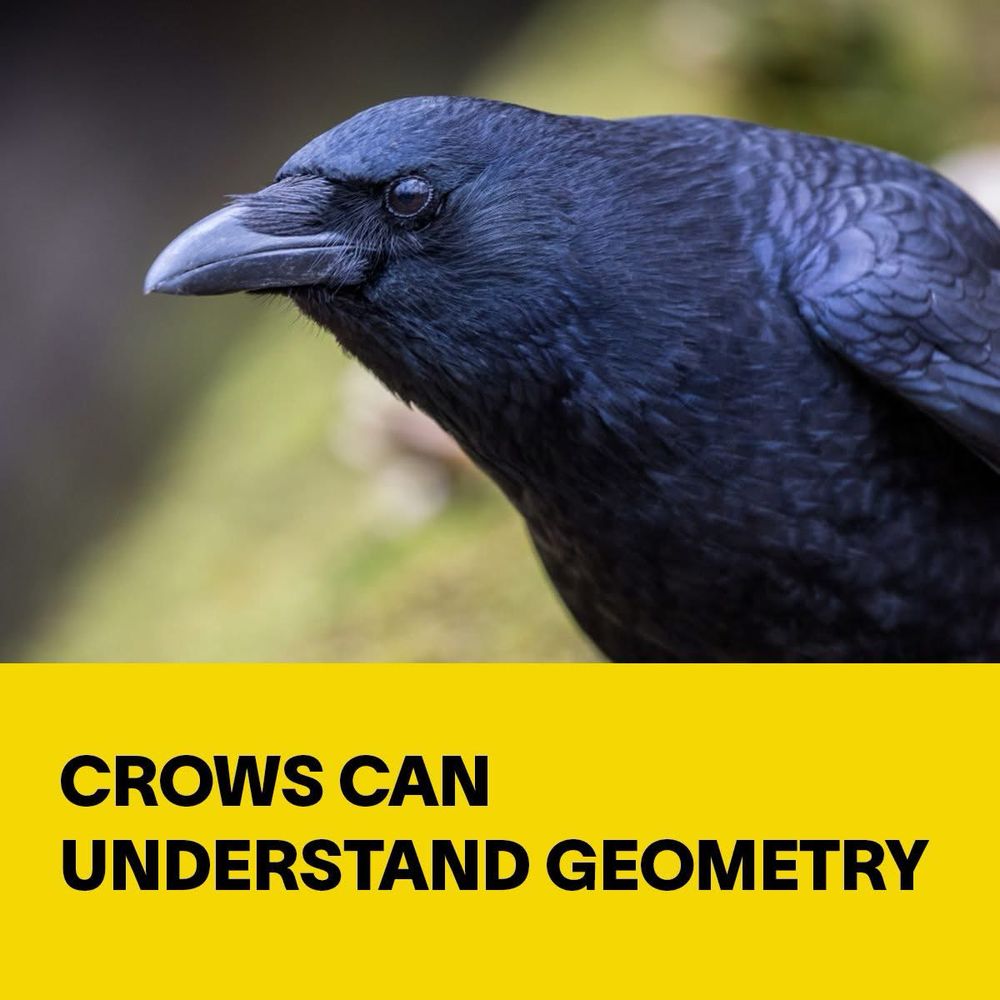Ana S. L. Rodrigues
@ana-sl-rodrigues.bsky.social
2.6K followers
700 following
49 posts
Researcher in biodiversity conservation (macroecological scale | protected areas | bird migration) • Apprentice in historical ecology (impacts of ancient whaling) • Senior Researcher @CNRS • Home lab: CEFE • Home uni: University of Montpellier, France.
Posts
Media
Videos
Starter Packs
Reposted by Ana S. L. Rodrigues
Reposted by Ana S. L. Rodrigues
Reposted by Ana S. L. Rodrigues
Reposted by Ana S. L. Rodrigues
Reposted by Ana S. L. Rodrigues
Reposted by Ana S. L. Rodrigues
Reposted by Ana S. L. Rodrigues
Reposted by Ana S. L. Rodrigues
Reposted by Ana S. L. Rodrigues
Reposted by Ana S. L. Rodrigues
Reposted by Ana S. L. Rodrigues
Reposted by Ana S. L. Rodrigues
Reposted by Ana S. L. Rodrigues
Reposted by Ana S. L. Rodrigues
Reposted by Ana S. L. Rodrigues
Reposted by Ana S. L. Rodrigues
Reposted by Ana S. L. Rodrigues
Reposted by Ana S. L. Rodrigues
Reposted by Ana S. L. Rodrigues
Reposted by Ana S. L. Rodrigues
Reposted by Ana S. L. Rodrigues
























